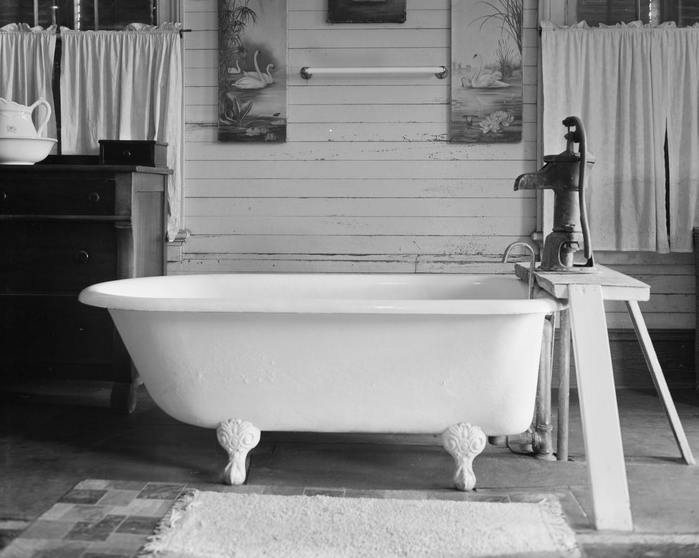In grade school, almost everyone hears that only 2.5% of the world’s massive 1.4 billion cubic kilometers of water is fresh, and out of that amount, 70% is locked up in the icecaps of Antarctica and Greenland, leaving 30% (a measly 0.7% of total water resources worldwide!) available for consumption by all the people in the world. Additionally, out of this 0.7%, approximately 87% is used for farming and irrigation. But for most (me included!), these numbers are hard to understand.
Due to Canada’s extensive system of rivers, lakes and watersheds, Canadians have a lot of water compared to other places in the world. Perhaps because it appears so abundant to us, we actually become really wasteful with it!
Here's how I try to think about it:

In BC, each person consumes an average of 490 liters of water per day—approximately the amount needed to fill a bathtub. This includes the water we use for showering, drinking and washing our dishes and clothes. Where does our water come from? Usually from aquifers—large deposits of water underground. We use pumps and wells to bring the water to the surface and rely on rainwater to replenish them. However, it is important to remember that each time water is used there is some degree of deterioration in its quality. Couple this with the fact that rainwater can take millions of years to percolate into the aquifers, one can realize that we are actually relying on a delicate resource! On top of all this, our growing population is stretching the need for our available water supply farther each year.
So what can we do?
We need to change the way we think about water use, from central planning to everyday best practices. In short, we need to do more with less.
A big issue in BC is that most building codes for Vancouver do not allow the mixing of rainwater and municipal water. The City is concerned that they can't ensure the rain water is sanitary and might be a threat to public health. Rain itself is very clean, but the moment it comes in contact with rooftops, it can be contaminated by dirt, bird refuse and other strange things. This means that a great deal of water that could potentially be used to take the pressure off our aquifers is being flushed away down the storm drains. However, some inventive folks have found ways to utilize and incorporate rainwater into their homes.
Cisterns are becoming pretty popular—they catch and hold large quantities of rainwater that can be used in dryer months for watering grass and gardens. Also, some pilot programs are implementing rainwater-capture systems on apartment rooftops. The rain is sent through a combination of filters and cleaning systems depending on its end use. In some cases, the filters make rainwater potable, which means it's safe for drinking or useable for showers or toilets.
These are still works in progress and involve a great deal of new infrastructure for each building they are placed on, so commercialization is difficult. But water conservation can be done on a smaller scale as well. You can create your own low flush toilet, take shorter showers, only do full loads of laundry and stop using your garburator in favour of composting instead.
The bottom line in water conservation is that if each person works to save just a little bit, it can add up to major savings in not only water, but energy and money as well.